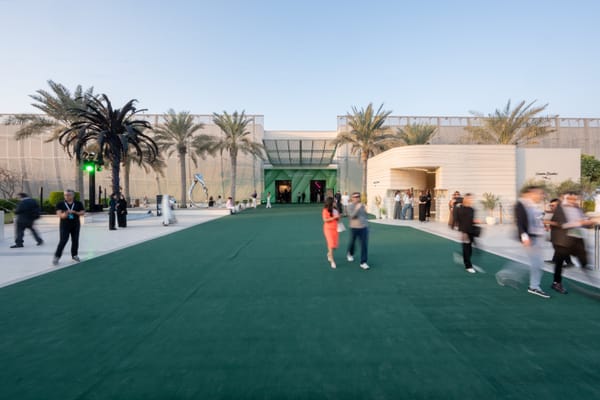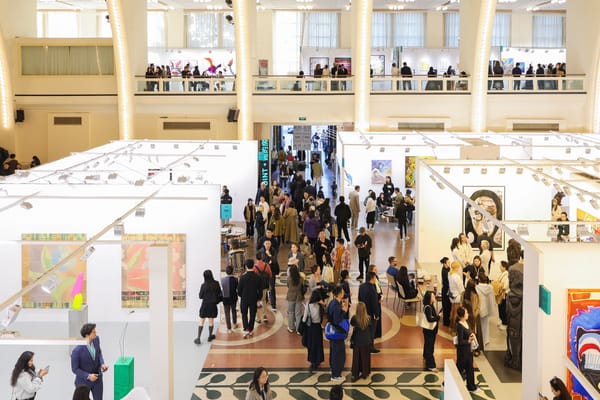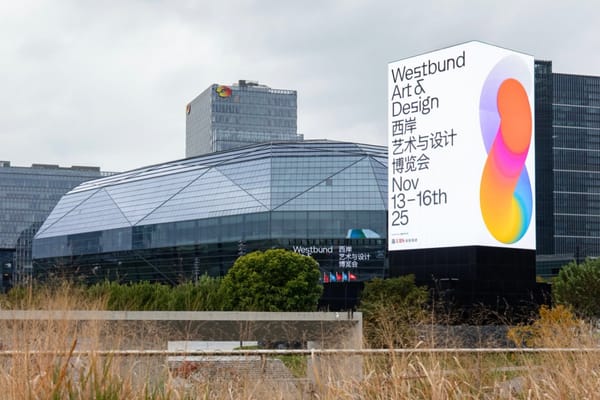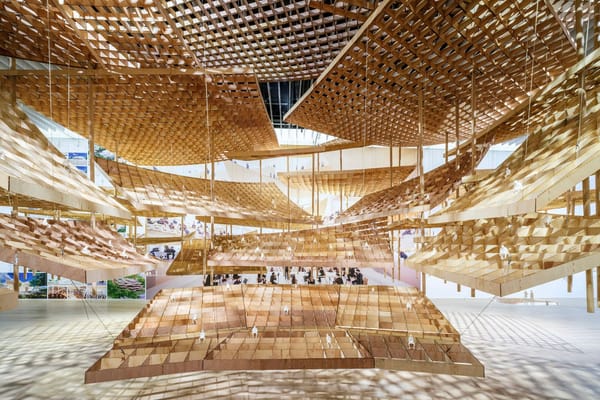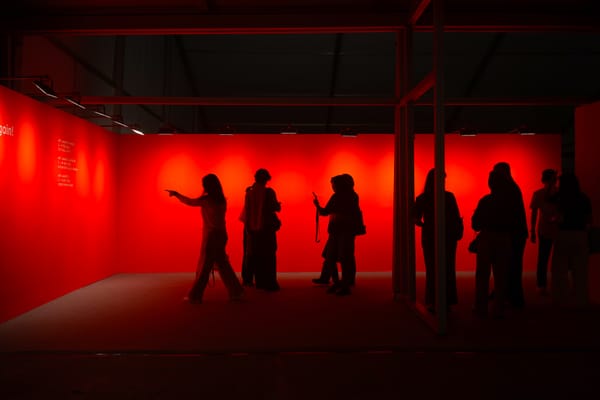Market
The Old Normal: Notes from Seoul Art Week 2025
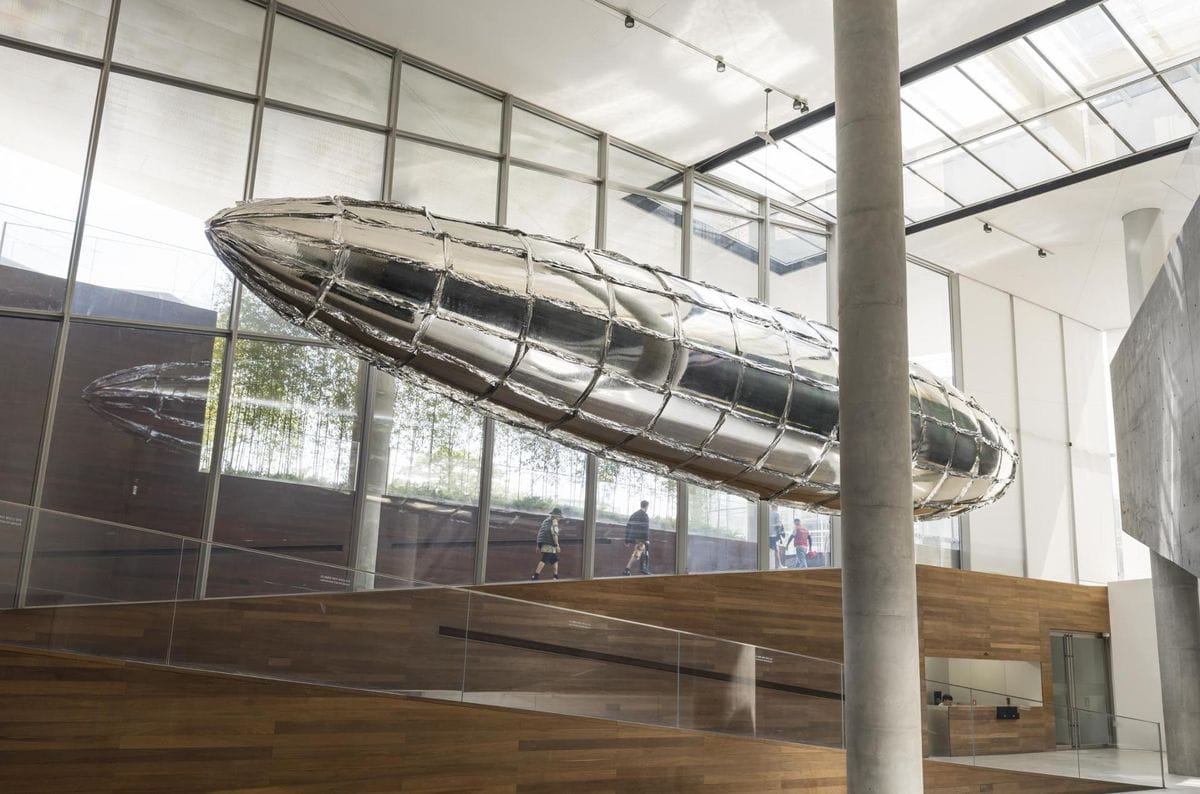
I’ve been thinking about what it means—and how—to report on the state of the art market today. Earlier this year, after an Art Basel bookended by the USD 70 million Giacometti auction flop in May and the slew of gallery closures in July, stakeholders desperate to boost buyer confidence decried doomsday narratives, citing “pornographic” overpricing (the Giacometti at Sotheby’s) and unfortunate cases of recurring poor business decisions (the gallery closures) as isolated reasons for the grim headlines. Following a brief summer of schizophrenically fragmented realities—a sustained downturn, gyrating tariffs, raging sociopolitical debates, and an ongoing, livestreamed genocide—the art world returned to work in September with coinciding fairs in opposite corners of the globe: the Armory in New York and Frieze Seoul (note: Frieze acquired the Armory in 2023, so the coinciding events meant internal competition). On the heels of measured, generally positive reports coming out of both fairs, seasoned Artnet News journalist Katya Kazakina published an article titled “The Storm Hits the Art Market,” with subheadings and phrases like “An Industry in Freefall” and “the art world is in a precarious state” that incited backlash. Collector, dealer, and fellow Artnet columnist Kenny Schachter responded with an Instagram post that has since been deleted: “Enough! The art market is fucking fine today, yesterday, 1,000 years ago and 1,000 years from now.” Collector-turned-Instagram-Substack-influencer Jeff Magid declared: “I get it. People who write about the art world and art market professionally feel so unwelcome in the elite, walled-off world of wealth that they resent it and root for its downfall.”
This writer, for one, does not resent the art market, nor root for its demise. As much as anyone else, art journalists want—indeed, need—the market to do well: galleries show art, collectors buy art, and money flows back to support artists, research, exhibitions, and criticism. Lowly and non-“elite” as we are, it is that great show, that special booth, or that perfectly hung wall at an auction preview, that keeps us going (though we do also like the canapés tables at openings, where we very much make ourselves welcome).
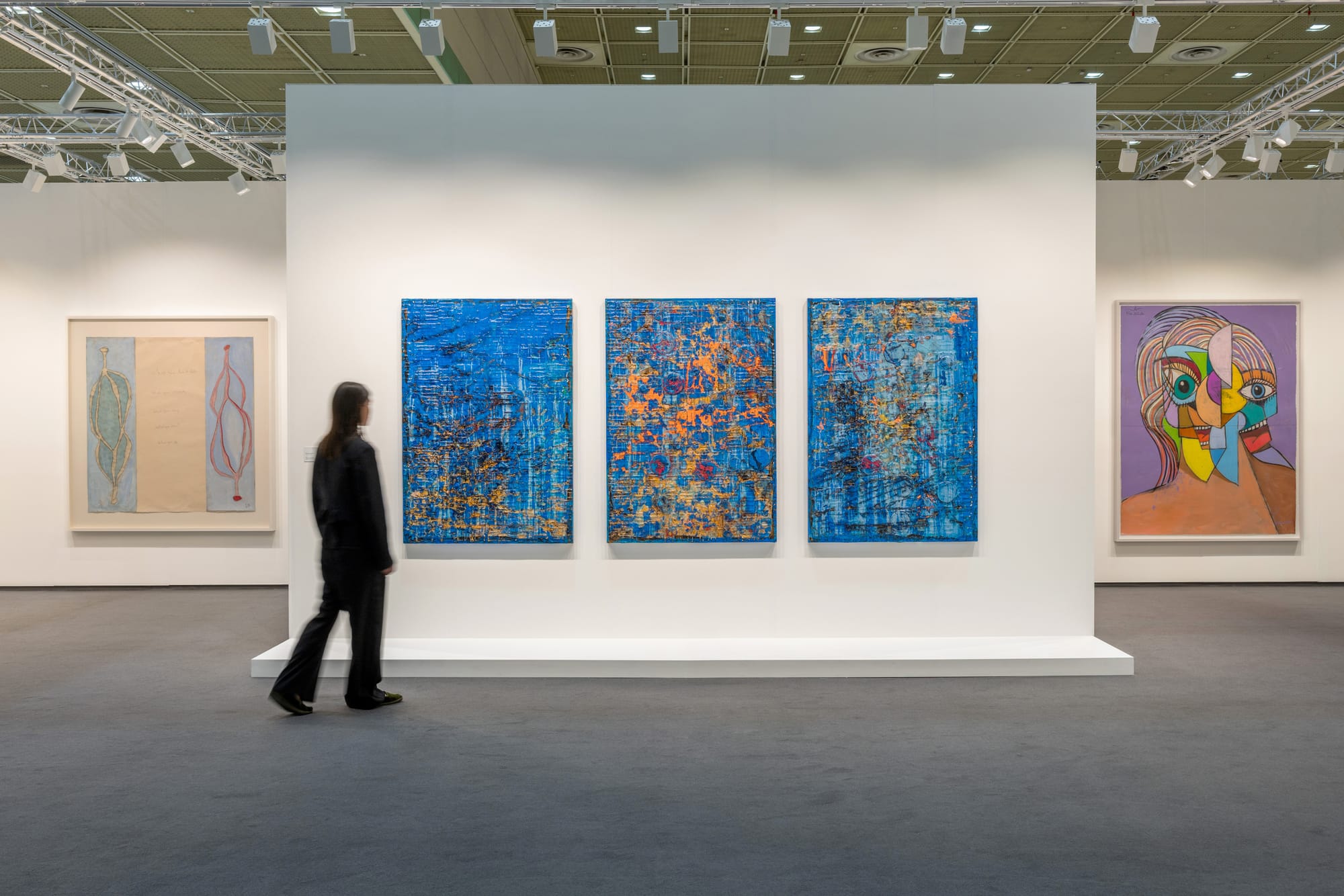
So—Seoul. Last week, the mood at the fourth edition of Frieze Seoul, held in collaboration with longstanding local art fair Kiaf (Korea International Art Fair), was predictably subdued but steady, fueled by a quiet energy of collective hustle that emerged from renewed national stability after South Korea’s politically and economically turbulent year. Attendance statistics was on par with 2024, with 121 exhibitors and around 70,000 visitors, but there was a distinct shift in flavor and demographics: some 40 galleries had not returned, including established international players such as Michael Werner, Karma, and Sadie Coles; in their place, the representation of Asian galleries rose sharply to 64%—up from 48% in 2024 and 35% in 2023 and 2022—a change materialized by more diverse booths showcasing regional Asian talent. First time participants to Frieze Seoul (but not Kiaf) included Tokyo’s Ota Fine Arts, Hong Kong’s 10 Chancery Lane and de Sarthe, Beijing and Shanghai-based Hive Center for Contemporary Art, and Yogyakarta’s kohesi Initiatives; while the number of Korean galleries rose to 32, up from 12 in the fair’s inaugural edition. In terms of turnout, there was a noticeable decline in presence of collectors from Hong Kong, China, the US, and Europe, while Korean collectors showed up in full force.
Big ticket sales were noteworthy, if somewhat formulaic. VIP day headlines were led by Hauser & Wirth’s sale of Mark Bradford’s triptych, Okay, then I apologize (2025), for USD 4.5 million—the highest priced transaction reported since Frieze Seoul’s debut—to a private Asian collector, a deal likely buoyed by the artist’s crowd-pleasing survey at the Amorepacific Museum of Art last week. A handful of other seven-figure transactions featured predictable names. Two new paintings by George Condo, an artist long favored by Korean collectors, found homes: Hauser & Wirth sold Purple Sunshine (2025) for USD 1.2 million, while Sprüth Magers placed Thinking and Smiling (2025) for USD 1.8 million. White Cube reported a USD 1.5 million sale of Georg Baselitz’s Erstens, bitte schön (2014), a painting that last sold at Sotheby’s London in October 2020 for USD 770,000 (it is not confirmed whether and how many times the work changed hands since). Baselitz is another long-time staple in Korean collections; Thaddaeus Ropac managed to sell his Es ist dunkel, est ist (2019), a striking black and gold painting that had appeared at the gallery’s booth in Art Basel Hong Kong in March, for USD 2.1 million. Over at Hakgojae, a leading force in the Korean market, Korean modern master Kim Whanki’a Cloud and the Moon (1962) topped the million dollar mark, selling for USD 1.4 million.
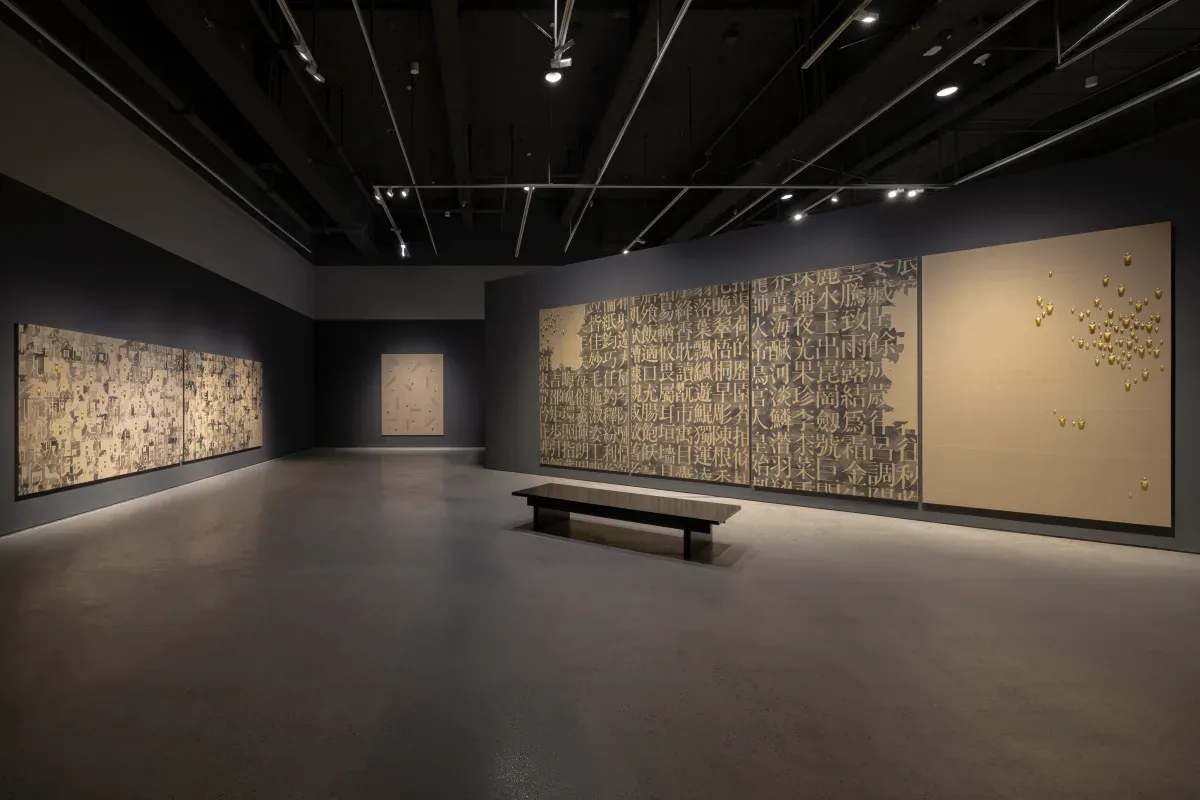
Around the mid to low-six-figure range, Korean masters continued to be a solid cornerstone at both Frieze and Kiaf, with Korean powerhouses Kukje, Gallery Hyundai, PKM, Tina Kim and Paris-based dealer Mennour reporting transactions of works by Lee Ufan, Park Seobo, Ha Chonghyun, Yun Hyongkeun, Chung Sanghwa, and Kim Tschangyeul—the latter currently the subject of a major retrospective at the National Museum of Modern and Contemporary Art, Korea (MMCA Seoul). Galleries who brought works by artists featured in shows around town capitalized on the alignment. Multiple booths across Frieze and Kiaf displayed works by Antony Gormley, who was subject of a two-part exhibition at Ropac and White Cube’s Seoul spaces as well as an immersive show held in collaboration with Tadao Andao at Museum SAN in Wonju, a two-hour drive from Seoul. Hauser & Wirth presented Lee Bul’s sculpture Untitled Sculpture (W6-1) (2010) and painting Untitled (Cyborg—Velvet #23) (2019), both reportedly sold to an Asian foundation, coinciding with the artist’s blockbuster survey at the Leeum Museum of Art.
Overall, it was a decent fair for mega galleries, especially those with Seoul outposts. Smaller galleries meeting a foreign collector base encountered uneven realities. First-time exhibitor Shanghai-based Linseed reported selling most of their works by Paris-based Chinese artist Liang Fu, priced between USD 6,500 and USD 34,000, while Hong Kong’s Kiang Malingue almost sold out their booth that featured Taiwanese artist Tseng Chien Ying, with works mostly priced between USD 15,000 and USD 25,000. But Indonesia’s Kohesi Initiatives, despite winning the fair’s Focus Asia Stand Prize, acknowledged that sales would “require time,” while Taipei’s PTT Space was frank about not making any deals by the third day. Shanghai’s Gallery Vacancy said they found sales in Korea “consistently lukewarm,” a sentiment echoed by other emerging galleries who struggled.

In an opaque industry where press releases and gallery statements are carefully scripted to boost buyer confidence—peppered with empty, optimistic phrases like “strong momentum,” “vibrant spirit,” and the default of the past two years, “cautious optimism”—journalists face a conundrum. The candid comments overheard on the floor, from dealers, advisors, and industry insiders, are typically privileged; Tim Blum’s high-profile critique of Art Basel 2025 (“totally fucked”) was a notable exception, expressed with deliberate abandon as he exited the circuit. As we hear real stories on the ground, should we report them and risk backlash for sounding alarmist, or do we sugarcoat the truth for the sake of industry stability?
For context, Frieze arrived in Seoul in 2022 with a bang at the height of the market boom. Amid a spectacular frenzy of stellar institutional shows, extensive city-wide round-the-clock programming, and extravagant K-pop-star-studded parties, it quickly established itself as the fall season anchor of Asia’s art calendar. Compared with March’s larger and more established Art Basel Hong Kong—another Asian extension of a big European brand—Frieze Seoul’s mission was to draw in international players to a historically insular Korean art scene. Its first editions were conducted with a frenetic, flamboyant, and frankly excessive energy that, it soon transpired, did not translate into phenomenal sales. At the top end, each iteration hit a handful of low seven-figure transactions, mostly for established Korean masters or Korean-favored blue chip Western names, while across the board, Korean collecting habits remained conservative. Four years on, against domestic political turmoil, a global economic downturn, and the industry’s seismic shift away from speculative buying, the Korean art market declined from around 800 billion won (approximately USD 573.4 million) in 2022 to around 500 billion won, according to Professor Sanghoon Kim from Seoul National University. Over the past four years, around 100 small galleries closed in Korea, while international entrants such as Peres Projects, König, and Various Small Fires closed their Seoul spaces in 2025.
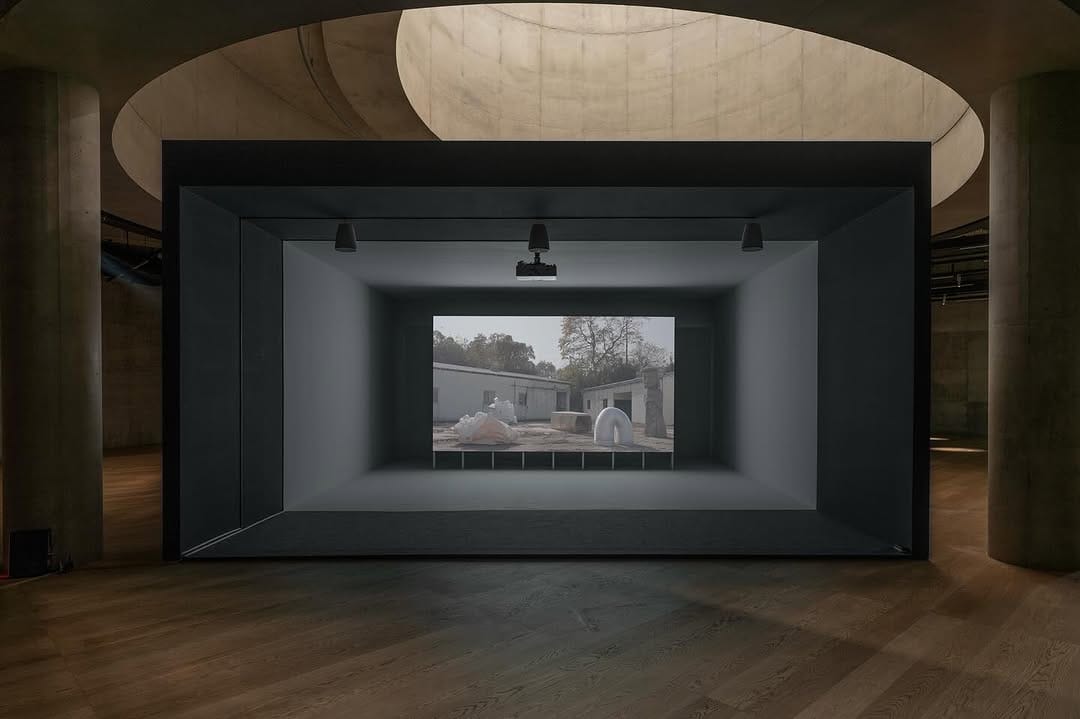
This year’s Frieze Seoul’s diminished presence of Western galleries marked a clear shift in the fair’s identity—from an ambitious international profile to something more regionally focused. While some may find this concerning, it is a necessary evolution—bigger is not always better, and global does not signify superiority. Last week, what emerged was a mismatch between conservative collecting behaviors and the wealth of new, challenging, and experimental art, showcased both at and beyond the fair. For one, on behalf of ArtAsiaPacific, I moderated a panel featuring two fascinating Korean artist collectives, ikkibawiKrrr and AfroAsia Collective, whose idiosyncratic, research-based, and socially engaged practices were highlighted in an exhibition at SONGEUN. Seoul is home to one of Asia’s most progressive contemporary art scenes, evident in the caliber of institutional exhibitions, both public and private, that spotlight the thoughtful, innovative practices of not just established artists but also a new generation. Additionally, city-wide initiatives and dedicated government support has consistently fostered momentum. So the question needs to stop being whether the market is doomed; we should prioritize the art, the talent, and the discourse—and efforts must start regionally. As the industry recalibrates to a post-hype “old” normal, we cannot simply revert to the dusty guard—of gatekeepers, and of safe established artists—and must step up and cultivate genuine engagement with the new generation of artists and potential collectors. There will always be great art, and the galleries that champion it will endure.
Michele Chan is managing editor of ArtAsiaPacific.
